Videos, and the immediate distribution of them through the internet has profoundly changed the way we live…and shop. We’re relying more and more on using video to help us discover and compare products we are looking to buy and retailers know it.
Traditionally, the merits of video were merely practical: it helps boost your Search Engine Optimization (SEO), helps your brand establish trust, and increases discovery to your site if you have a video people love to share. But there is so much more to video. Video still does all of that, very well, but it can be worth much more to your brand.
Retailers who adopt video are finding amazing ways to connect with customers or potential customers, and seeing existing customers’ average order value rise. In a recent survey, 57% of retailers said video is responsible for increased spend from the average customer.
So, how are winning retailers using video? Here are some great examples:
They’re engaging fans of their brand regularly
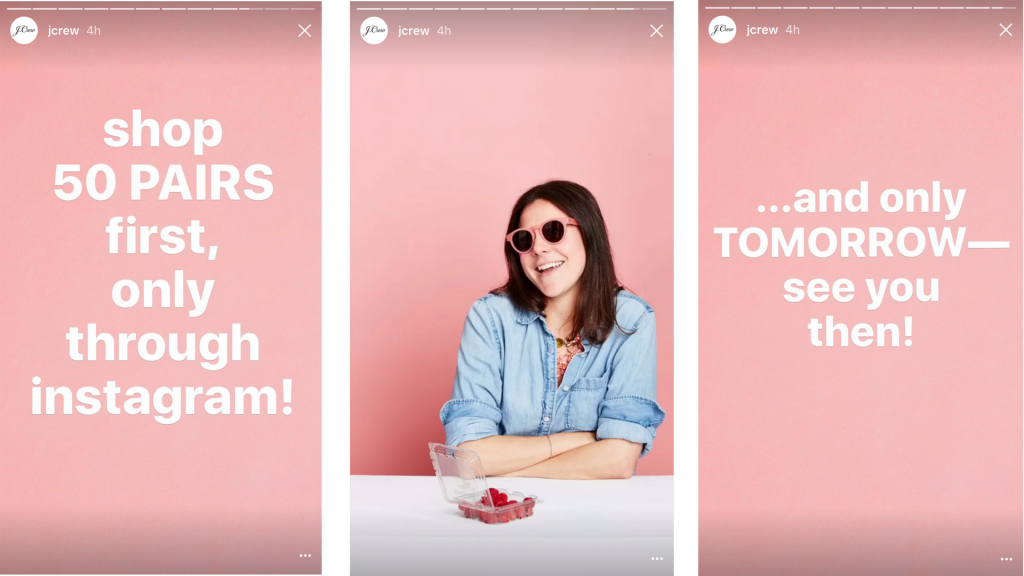
Retailers who are hesitant to deploy video should understand that more video means higher order values. A study found a startling 69.49% increase in order value the more videos a retailer deployed.
J Crew is a company that is using video very effectively. On their Instagram, they regularly post videos. Some videos are explanatory (like “How to Wear Denim on Denim”) while others are aspirational, but all of them serve a purpose: to draw Instagram followers in and entice them to make a purchase. Instagram Stories, a collection of pictures and video can help set the mood for customers looking to buy a new jacket and get them to purchase after seeing a 30-second clip. What’s more, Instagram stories expire in 24 hours, so J Crew has deployed them for sale announcements to drive excitement.
J Crew can also post a video of a new product and get immediate customer feedback. This can help them tailor future product lines based on verbatim criticism or praise.
They’re demonstrating products to bring the in-store experience home
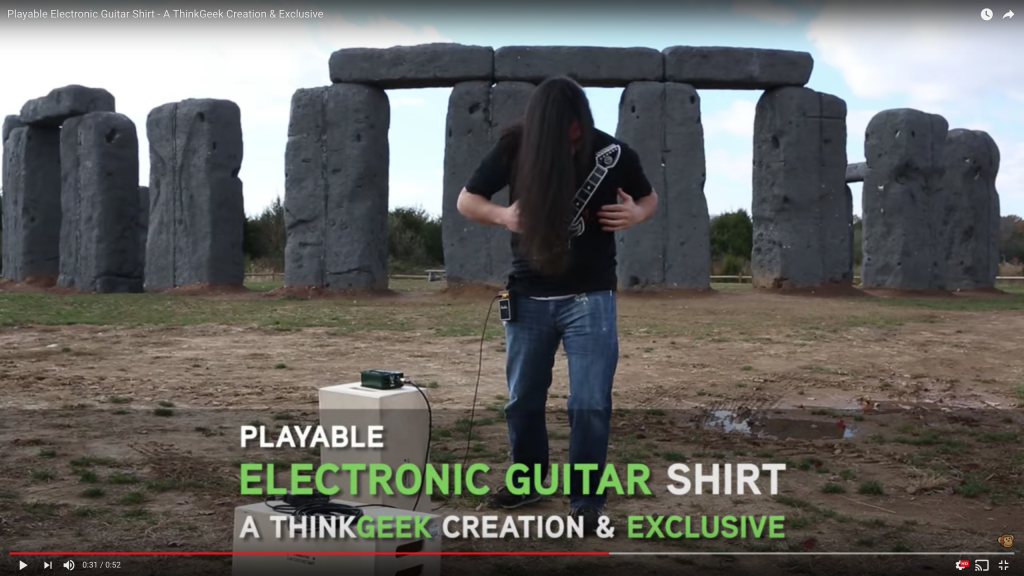
Photographs of products offer a limited amount of information about an item because there is little context. A video is an excellent way to show how large an ottoman is in relation to a child, a dog, or an average sized couch. Video can show you how a dress pattern moves or how long the hem REALLY is on a dress, where a photo simply cannot provide this kind of detail. Video can also show how easy it is to use a product (think Apple’s demo videos for everything from iPhones to their Airport Wireless Routers) or how a product can be useful. This is important for items that can’t be experienced in real time online. It helps bridge the experience of trying on an item to the immediacy of looking up a product online.
They’re showing customers how to use their products better
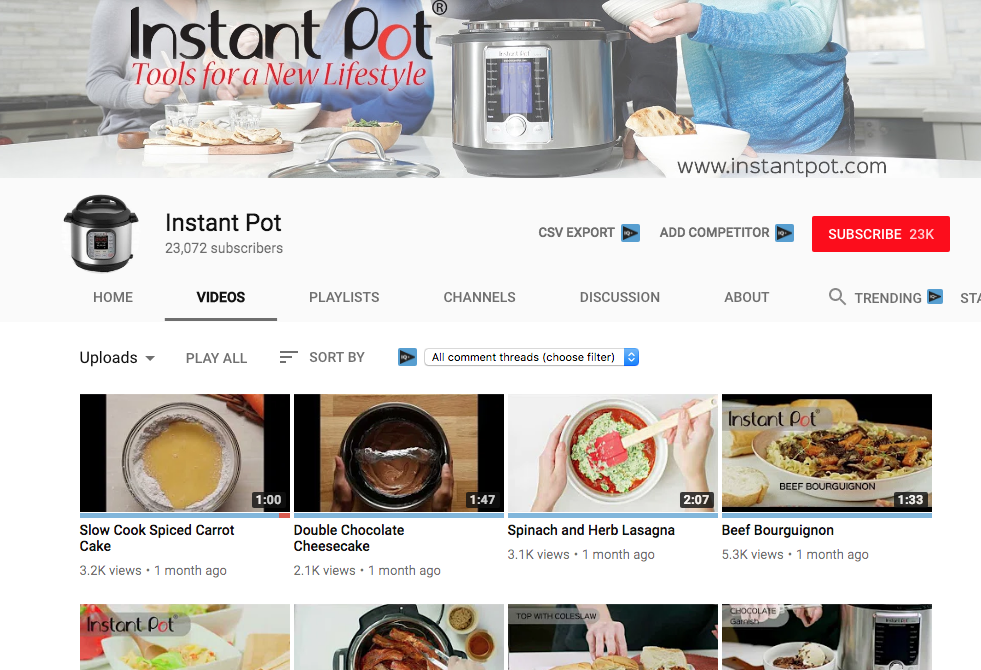
How do you explain how to use a brand new product with a learning curve over the internet? Video. That’s how holiday 2017 sensation Instant Pot was able to quickly ramp up their business, by simply showing how to use their category-busting product. Since there are some safety procedures and an interface to learn, Instant Pot knew that by making videos about how to make the most popular and easy to cook dishes, they could lower the barrier of entry.
They also have more advanced videos on their site to explain to intermediate and advanced users how to get the most out of their Instant Pot. It’s working. The Instant Pot is not only wildly popular, it has inspired dozens of knockoffs from major kitchen appliance companies.
They’re creating shareable experiences
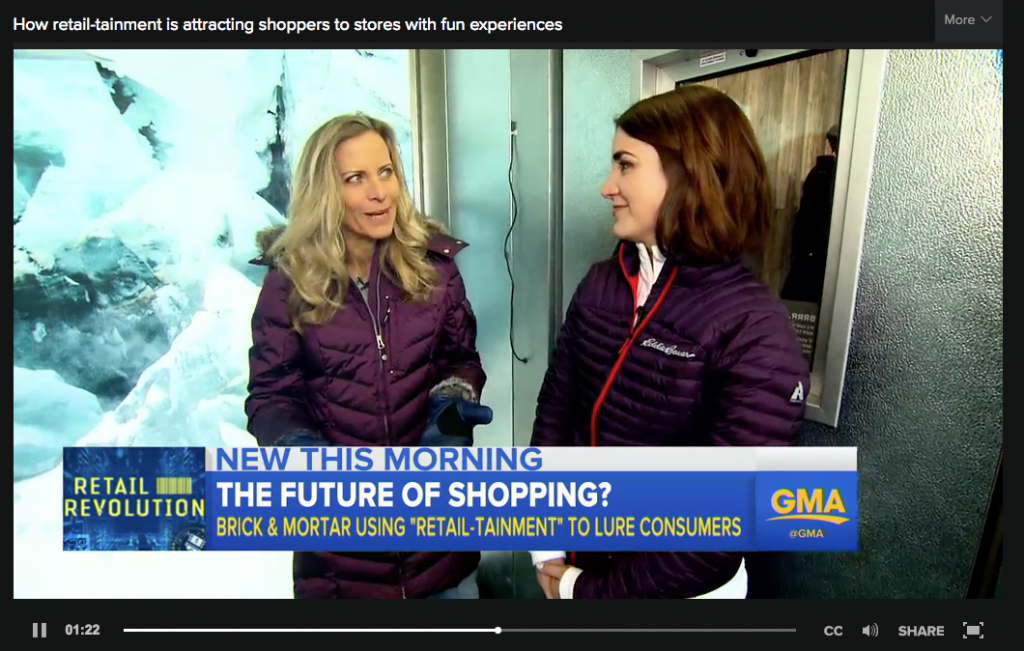
Can you convert your fandom into walk-in traffic to your store? Give them something to talk (or snap) about. Recently, Eddie Bauer launched Cold Rooms in some of its retail locations to allow consumers to test out the efficacy of their cold weather gear. The Cold Rooms are designed to look like Ski Chalets and even have ice sculptures inside. Why? So visitors will share their video #Experience on their own social media, thus encouraging others to do the same, and raise awareness of this new way to shop.
They’re making themselves indispensable with advice
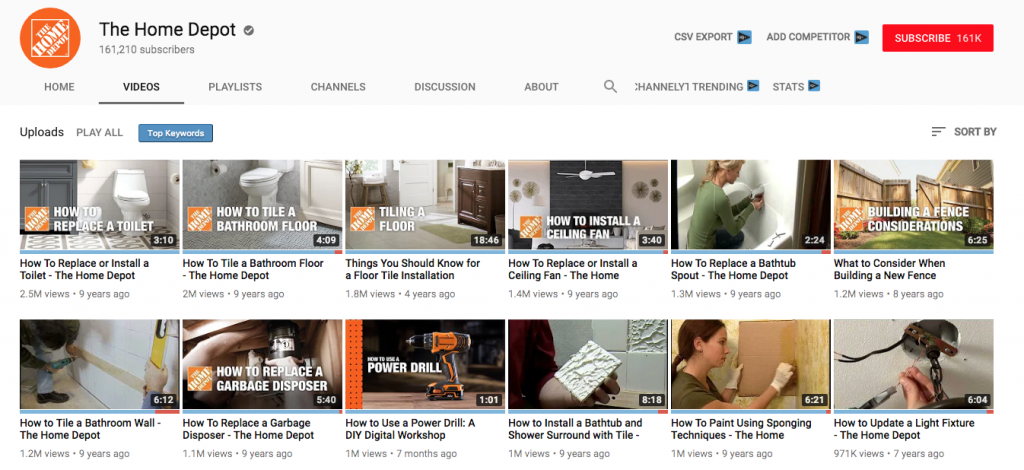
Can you get someone to buy something they didn’t even think they needed? Ask The Home Depot. They have hundreds of videos showing how easy it is to change the hardware on a bathtub, or install a baseboard, for example. Home Depot understands that people don’t just need to be walked through the steps, they might actually need to know what products they’ll need to complete a project. Seeing objects in context and in use is crucial to convert shoppers who are unclear about a product’s worth or how to use it. Showing customers the complete project allows them to get fully equipped and retailers to sell more items, increasing cart size per visit.
—
Video might seem like a big undertaking for your company, but there are so many advantages that it’s worth your investment. There are so many ways it can be applied to draw in shoppers, and so many advantages to trying out a video campaign, you might want to try to start out small. Even a few videos highlighting a sale, your staff, or a special event can help you connect with and build an audience.
Once you build out a video plan and commit to creating regular videos, you could see boosts that retailers who have mastered video are already enjoying. Are there other examples you can think of? Please let us know in the comments below.
—————
ABOUT SALESFLOOR
Salesfloor is on a mission to unlock the power of today’s omnichannel sales associate by connecting them with shoppers online and in-store. We believe that associates are product experts, trusted advisors and social influencers for customers in their local communities. In today’s omnichannel world, retail chains have a unique opportunity to leverage their biggest competitive asset: their people.

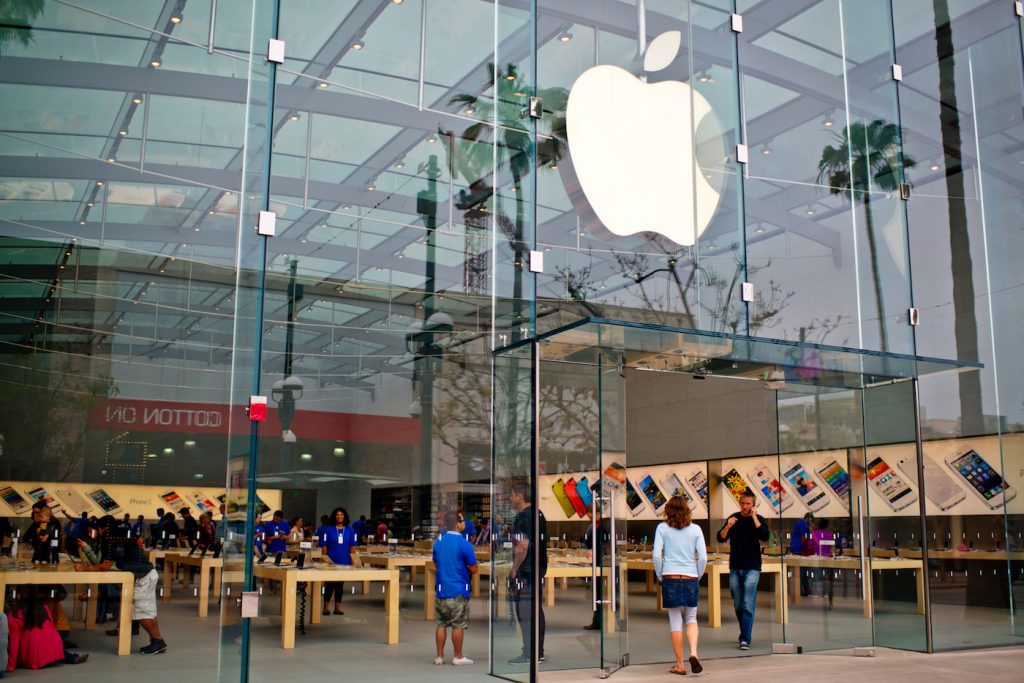
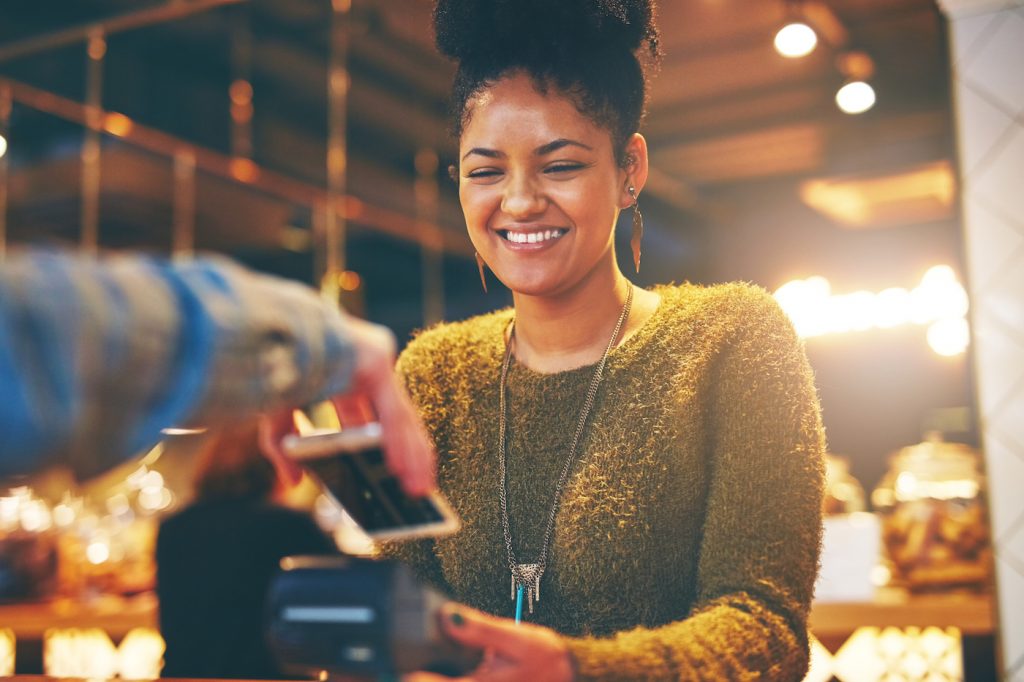
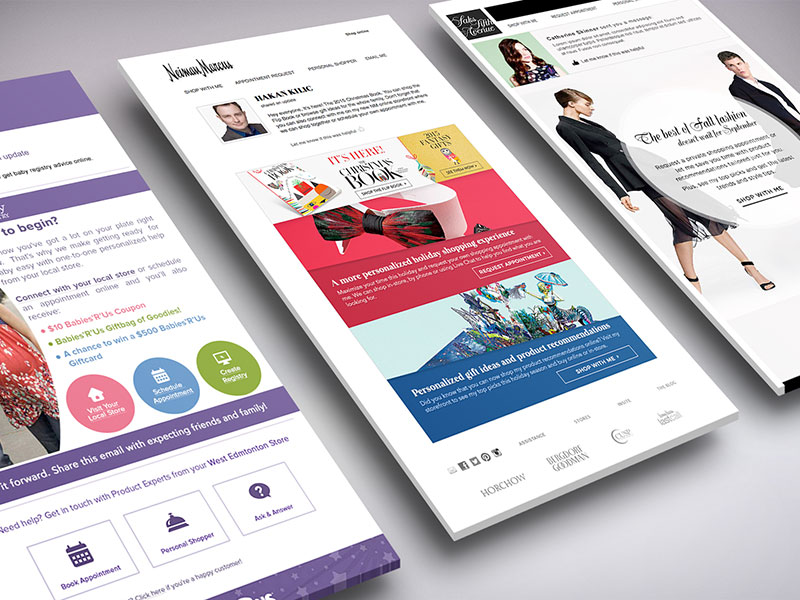
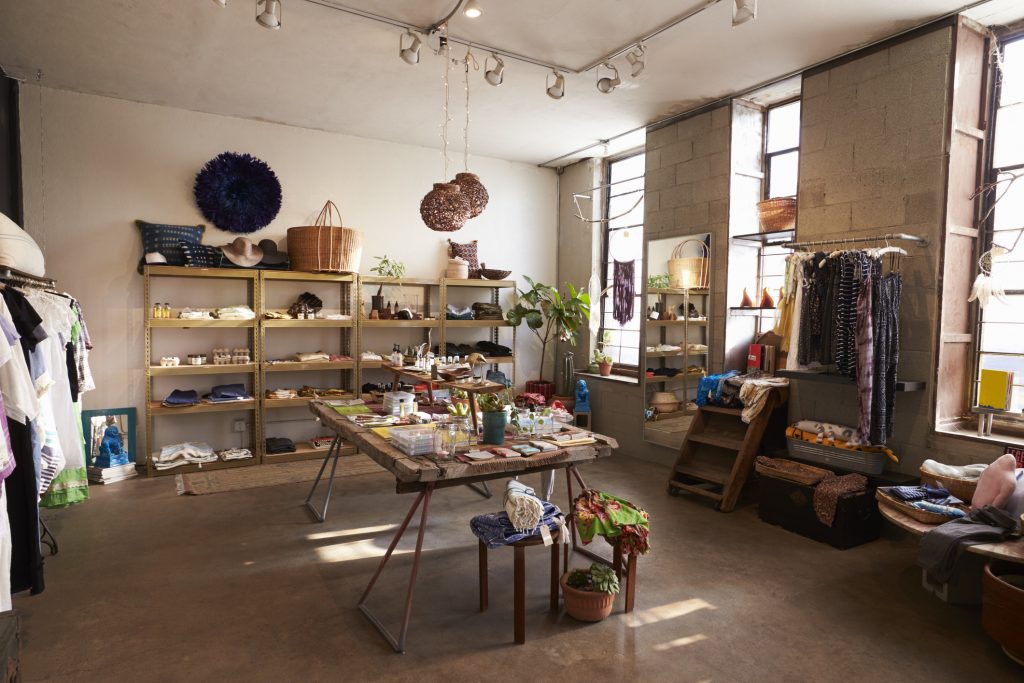

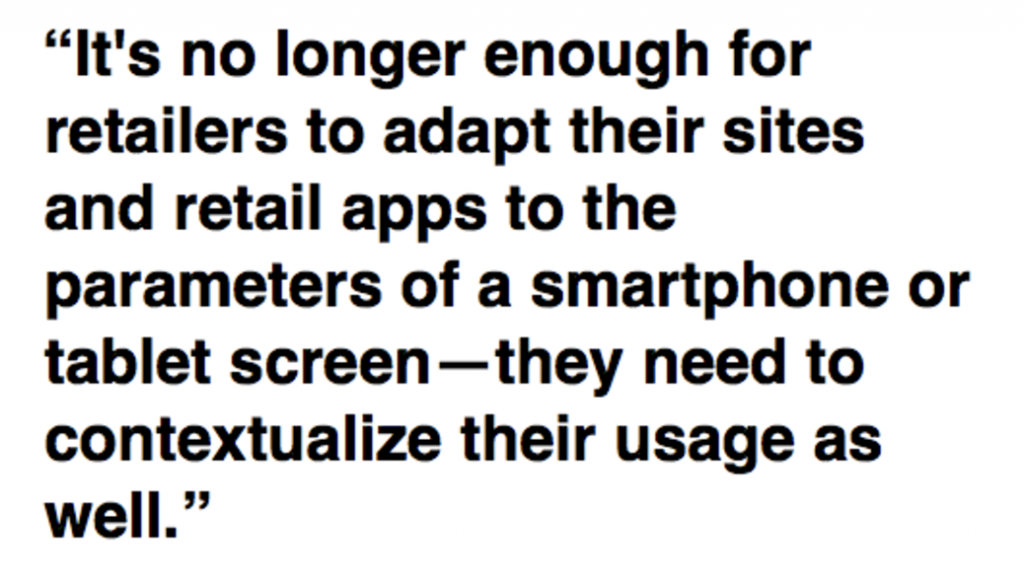
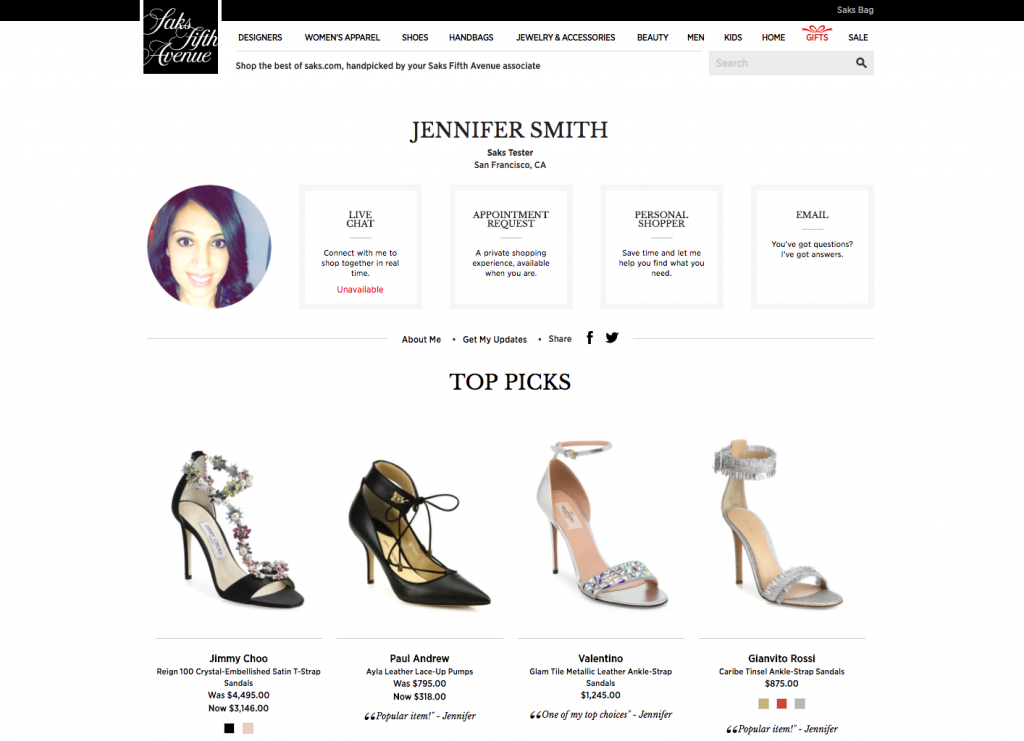
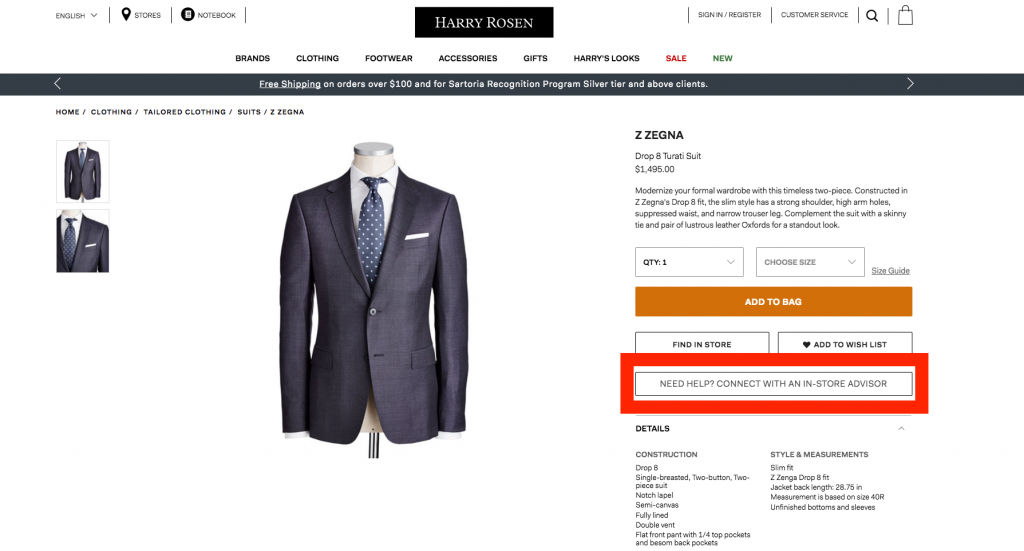
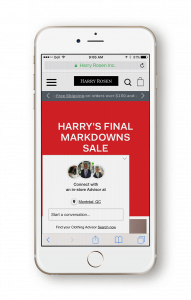 Another Salesfloor client,
Another Salesfloor client,